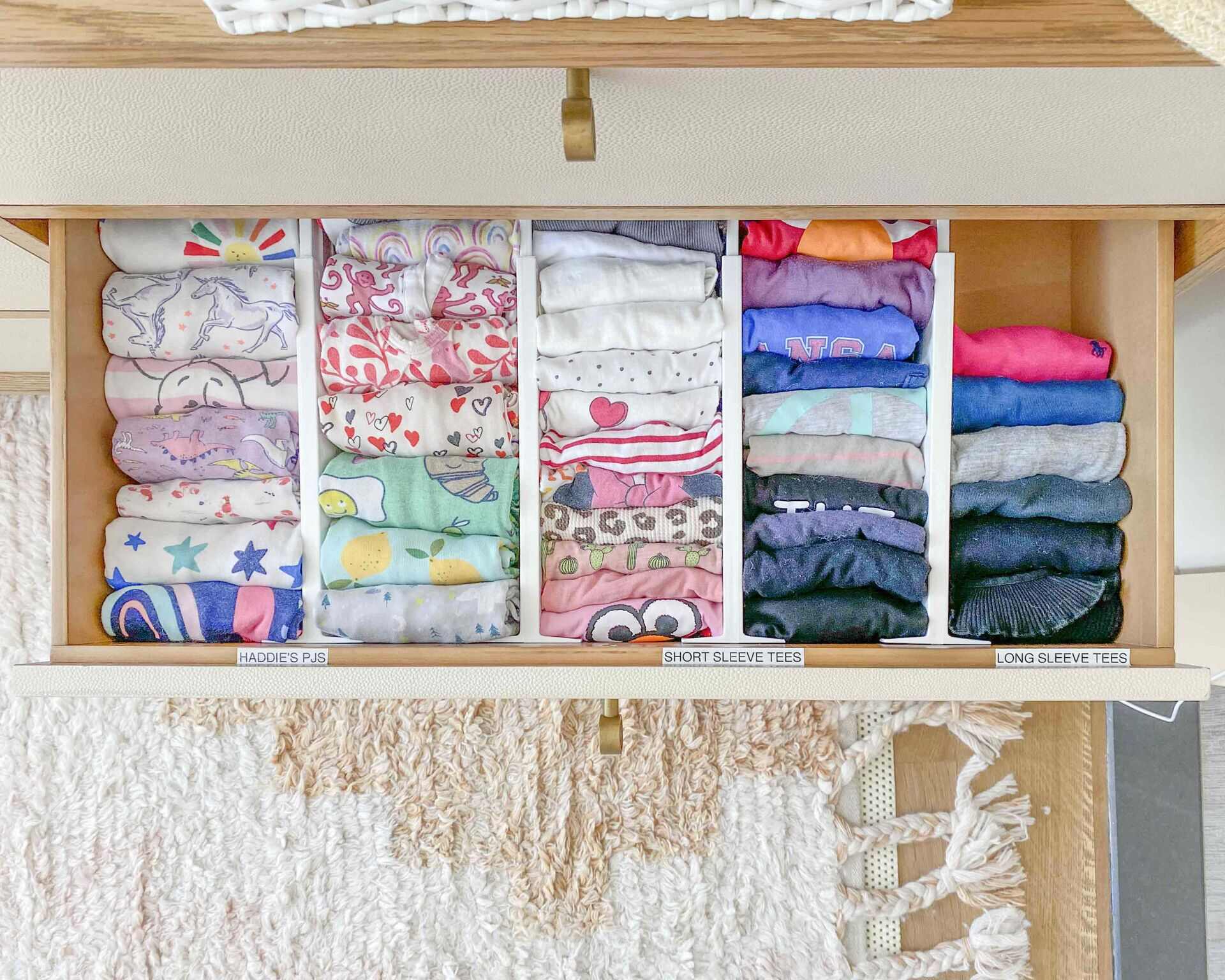

Articles
How To Store Baby Stuff
Modified: October 20, 2024
Learn how to store baby stuff with these helpful articles. Find tips and tricks to keep your baby items organized and easily accessible.
(Many of the links in this article redirect to a specific reviewed product. Your purchase of these products through affiliate links helps to generate commission for Storables.com, at no extra cost. Learn more)
Introduction
Proper storage is crucial when it comes to baby stuff. As any parent knows, babies come with a lot of belongings – clothes, toys, feeding supplies, and more. Keeping all these items organized not only makes it easier to find what you need when you need it, but it also helps create a tidy and safe environment for your little one. In this article, we will explore the reasons why proper storage is important for baby stuff and the benefits of organizing and storing baby items effectively.
One of the primary reasons for maintaining a well-organized storage system for baby items is convenience. When everything has its designated place, you can easily locate what you need without wasting time and energy searching through cluttered drawers or closets. This can be especially helpful in those chaotic moments when your baby needs a clean bib or a fresh diaper change.
Additionally, keeping baby stuff organized can help extend the lifespan of these items. Babies grow quickly, and their needs change just as fast. By properly storing and organizing baby clothes, you can easily keep track of what your little one has outgrown and what can still be used. This helps you make the most out of your baby items and potentially save money in the long run.
Another benefit of effective storage is the ability to create a safe environment for your baby. By keeping hazardous items out of reach and organizing baby gear in a secure manner, you can minimize the risk of accidents or injuries. Maintaining a clutter-free space also makes it easier to clean and sanitize baby items regularly, promoting good hygiene and reducing the chance of germs or allergens accumulating.
Furthermore, an organized storage system for baby stuff can have a positive impact on your mental well-being. Parenthood can be overwhelming at times, and having a system in place to manage and organize the vast array of baby items can help alleviate stress and create a sense of order and control. It can also make it easier for other family members or caregivers to locate and access necessary items when needed.
In summary, proper storage for baby stuff is not merely about neatness and tidiness; it offers practical advantages that ensure convenience, safety, and efficiency. By organizing and storing baby items effectively, you can create a well-managed environment that is both functional and visually appealing. So, let’s dive into the details of how to declutter, sort, and choose the right storage solutions for your baby’s belongings, ensuring a seamless and stress-free baby care experience.
Key Takeaways:
- Proper storage for baby stuff is crucial for convenience, safety, and mental well-being. Declutter, sort, and choose the right storage solutions to create a stress-free and functional environment for your little one.
- Organizing baby clothes, toys, and gear, while preserving sentimental items, ensures an efficient and safe space. Regular maintenance and safety precautions are key to maintaining an organized and clutter-free environment for your baby.
Read more: How To Store Barbie Stuff
Decluttering and Sorting
When it comes to organizing baby stuff, decluttering and sorting are key steps in creating an efficient and manageable storage system. Here are some tips to help you tackle this process effectively:
Assessing which baby items to keep or discard: As babies quickly outgrow their clothes and toys, it’s important to regularly assess what items are still in good condition and suitable for future use. Discard or donate items that are stained, worn out, or broken. Consider passing along gently used items to other families or selling them in online marketplaces.
Separating items by category: Once you have identified which items you will keep, it’s time to sort them into categories. This will make it easier to find specific items when you need them. Common categories include clothing, toys, feeding supplies, bathing essentials, and nursery items. Use separate bins, boxes, or shelves for each category to maintain organization.
Tips for decluttering and sorting efficiently:
- Start with small tasks: Begin by tackling one category at a time rather than trying to declutter the entire baby collection in one go. This will help prevent overwhelm and allow you to focus more effectively.
- Set aside dedicated time: Schedule dedicated decluttering and sorting sessions to ensure you have enough time to complete the task without feeling rushed.
- Enlist help if needed: If possible, involve your partner or family members in the process. This not only lightens the load but also offers different perspectives in decision-making.
- Use the “three-box method”: Prepare three boxes or bags labeled “Keep,” “Donate/Sell,” and “Trash.” As you go through each item, make a quick decision and place it in the respective box. This helps streamline the process and prevents second-guessing.
- Consider sentimental value: Some baby items may hold sentimental value, like a special blanket or a favorite stuffed animal. Set aside a separate box for these keepsakes to ensure they are stored safely.
- Don’t forget about safety: Discard any baby items that have been recalled or deemed unsafe. Check the Consumer Product Safety Commission website for up-to-date recalls and safety information.
By following these decluttering and sorting tips, you will have a clearer idea of what baby items you have and be better prepared to organize them efficiently. In the next sections, we will explore various storage solutions and techniques to help you maintain a well-organized system for your baby’s belongings.
Choosing Storage Solutions
When it comes to organizing and storing baby items, selecting the right storage solutions can make a significant difference in maintaining an orderly and functional space. Here are some factors to consider when choosing storage options:
Factors to consider when selecting storage options:
- Space availability: Assess the available space in your home, such as closets, shelves, under-bed storage, or dedicated storage areas. Consider the size and dimensions of the storage solutions to ensure they fit your space.
- Accessibility: Choose storage solutions that allow for easy access to your baby items. Consider accessibility for both parents and caregivers, ensuring that items can be reached quickly and safely.
- Functionality: Think about how the storage solution will serve its purpose. Different baby items require different storage approaches, such as hanging organizers for clothes, labeled bins for toys, or shelves for books and larger items.
- Durability: Opt for storage solutions that are sturdy and durable, especially if you plan on using them for an extended period. Well-made storage solutions will withstand daily wear and tear and can be reused for future children or repurposed for other household needs.
Different types of storage solutions:
Here are some common storage options you can consider:
- Boxes and bins: These versatile storage solutions come in various sizes and materials, such as plastic or fabric. They are great for storing clothes, toys, or other smaller baby items. Labeling the boxes or using transparent bins can help with easy identification.
- Shelves and cubbies: Shelving units provide a convenient way to display and organize baby items. You can use adjustable shelves to accommodate different sizes of items and utilize cubbies or baskets to keep things tidy and separated.
- Hanging organizers: These come in the form of hanging shelves, fabric pockets, or shoe organizers that can be hung on the back of doors or inside closets. They are excellent for storing accessories, small toys, or shoes.
- Under-bed storage: Utilizing the space under the bed is a smart way to store out-of-season clothes or larger baby gear that is not frequently used. Look for under-bed storage boxes with wheels for easy access.
Organizational tools and accessories:
Enhance your storage system with various tools and accessories to maximize organization and efficiency:
- Drawer dividers: Keep baby clothes organized by separating them into different sections using drawer dividers. This makes it easier to find specific items and maintain order within drawers.
- Labeling systems: Use labels or tags to identify the contents of boxes, bins, or shelves. This helps save time and prevents the need to open multiple containers to find what you’re looking for.
- Storage bags: Vacuum-sealed storage bags are ideal for reducing the size of bulky items like blankets or winter clothing. They save space and protect items from dust or moisture.
- Pegboards and hooks: Install a pegboard on the wall to hang frequently used baby items, such as bibs, hats, or small toys. Hooks can also be used to hang items like coats or bags near the entryway.
By considering your specific storage needs, utilizing different storage solutions, and incorporating organizational tools and accessories, you can create an efficient and visually appealing system for storing your baby’s belongings. In the following sections, we will delve into specific strategies for organizing baby clothes, toys, and other essential baby gear.
Organizing Baby Clothes
Keeping baby clothes organized is essential for easy access and ensuring that your little one always has clean and properly fitting garments. Here are some strategies for organizing baby clothes:
Sorting clothes by size, season, and type:
Start by separating baby clothes into different categories. Sort them by size, ranging from newborn to toddler sizes, to make it easier to locate the appropriate clothing as your baby grows. Additionally, consider organizing clothes by season so that you can easily find warm-weather items or cozy winter outfits when needed. Finally, group clothes by type, such as sleepers, onesies, pants, or dresses, to further streamline the organization process.
Utilizing drawer dividers and labeling systems:
Investing in drawer dividers or organizers can be incredibly helpful for keeping baby clothes organized within drawers. Dividers allow you to separate clothes based on size or type, making it easier to locate specific items quickly. You can also use labels or stickers on the outside of drawers to indicate the contents, saving time and effort in finding specific clothing items.
Storing baby clothes to maintain cleanliness and accessibility:
To keep baby clothes clean and accessible, consider the following tips:
- Utilize clear plastic bins or fabric storage cubes to store clothes that are not currently in use. Label each container with the appropriate size or season to easily locate items when needed.
- Consider using vacuum-sealed storage bags for clothes that are out of season, as these bags help save space and protect garments from dust, moisture, and pests.
- Hang frequently used clothes, such as onesies or jackets, in the closet using child-sized hangers. Group clothing items by type or occasion to make it easier to put together outfits.
- Use hanging sweater organizers or shelves specifically designed for folded baby clothes to maximize vertical storage space.
- Incorporate breathable fabric storage bins for smaller items like socks, hats, or accessories. This will help keep these items organized and easily accessible.
Regularly reassess your baby’s clothing collection to remove items that no longer fit or are no longer needed. Donate or pass these items along to make room for new additions and maintain an organized closet and drawers.
By categorizing baby clothes by size, season, and type, utilizing drawer dividers and labeling systems, and storing clothes in a way that promotes cleanliness and accessibility, you can streamline the process of dressing your baby and keeping their wardrobe organized. In the next section, we will explore practical tips for storing and organizing baby toys.
Storing Baby Toys
Keeping baby toys organized not only helps maintain a clutter-free space, but it also ensures that your little one has access to age-appropriate toys that spark their curiosity and promote development. Here are some strategies for storing baby toys:
Determining age-appropriate toys for storage:
Babies go through different developmental stages, and their toy preferences change as they grow. Consider keeping only the toys that are suitable for your baby’s current age and developmental milestones. Put away toys that are no longer age-appropriate and save them for future use or pass them along to other families.
Using toy bins, baskets, or shelves for easy access:
Invest in toy bins, baskets, or shelves to keep toys organized and easily accessible. Use different containers or compartments to separate toys by type, such as blocks, stuffed animals, or musical toys. This will make it easier for your baby to find and engage with their favorite toys.
Rotating toys to maintain interest and freshness:
To prevent toy overload and maintain your baby’s interest, consider implementing a toy rotation system. Store a portion of the toys in a designated storage area and periodically switch them out with the toys your baby is currently using. This helps keep their toy collection fresh and exciting, promoting engagement and exploration.
Here are a few additional tips for organizing and storing baby toys:
- Consider using transparent or labeled bins to make it easier to identify and locate specific toys.
- Utilize wall-mounted shelves or hanging organizers to maximize vertical space and keep toys off the floor.
- Designate a specific play area where your baby can easily access their toys and engage in playtime.
- Encourage your baby to participate in the clean-up process by making it a fun activity. Teach them to put toys back in their designated spots after playtime.
- Regularly clean and sanitize toys, especially those that are frequently used or have been shared with other children.
Remember, safety is paramount when it comes to storing baby toys. Keep small or potentially hazardous toys out of reach and regularly inspect toys for any signs of wear or damage. Remove any broken or unsafe toys from circulation to ensure a safe play environment for your little one.
By determining age-appropriate toys for storage, using toy bins, baskets, or shelves for easy access, and implementing a toy rotation system, you can keep your baby’s toy collection organized, engaging, and safe. In the next section, we will explore tips for storing and keeping baby gear tidy.
Use clear plastic bins to store baby clothes, toys, and accessories. Label each bin with the contents and size to easily find what you need. Keep the bins in a designated area to stay organized.
Read more: How To Store Baby Items For Next Baby
Keeping Baby Gear Tidy
Managing and organizing larger baby items can pose a challenge, but with the right storage strategies, you can keep these items tidy and accessible when needed. Here are some tips for storing baby gear:
Storing larger baby items:
When it comes to storing larger baby items like strollers, high chairs, or playpens, consider the following:
- Designate a specific area in your home for these bulky items, such as a garage, basement, or dedicated storage space.
- Whenever possible, disassemble the larger items to save space and make storage more manageable. Follow the manufacturer’s instructions to ensure safe disassembly and reassembly.
- Store smaller parts, such as fasteners or accessories, in ziplock bags and label them accordingly. Attach the bags to the main item or keep them in a separate container for easy retrieval.
- If the item has a storage bag or carrying case, utilize it to keep everything together and protect it from dust or damage.
Disassembling, cleaning, and storing baby gear correctly:
Before storing baby gear, make sure to clean it thoroughly. Disassemble any removable parts and wash or wipe them down according to the manufacturer’s instructions. Use mild soap and water or non-toxic cleaners to ensure the item is free from germs and dirt. Allow the parts to dry completely before storing them.
For fabric components, check if they are machine washable or require spot cleaning. Follow the care instructions on the fabric and ensure it is completely dry before storing. If possible, store fabric components separately to prevent any potential transfer of odors or stains.
When storing disassembled baby gear, use large plastic bags or wrap them in blankets or towels to protect them from dust or scratches. Place the items in a designated storage area, ensuring they are stacked or organized in a way that maximizes space.
Utilizing garage or basement storage for less frequently used items:
If you have a garage or basement space, consider utilizing it for storing baby gear that is not frequently used. These areas can provide ample space for bulkier items like swings, walkers, or larger toys. Ensure that the storage area is clean, dry, and secure to protect the items from dust, pests, and extreme temperature fluctuations.
Consider using shelves, hooks, or hanging storage systems in your garage or basement to keep baby gear off the floor and maintain an organized setup. Labeling the storage containers or utilizing clear bins can also improve accessibility and streamline the retrieval process.
By properly storing larger baby items, disassembling, cleaning, and storing baby gear correctly, and utilizing garage or basement storage for less frequently used items, you can keep your baby gear tidy, secure, and in good condition. In the next section, we will explore strategies for preserving and organizing sentimental baby items and memories.
Baby Memory Storage
Preserving sentimental baby items and memories is a wonderful way to cherish the precious moments of your little one’s early years. Here are some strategies for storing and organizing these keepsakes:
Preserving sentimental baby items:
Precious items like the first outfit, handprints, or special gifts hold immense sentimental value. Consider the following tips to preserve these treasured mementos:
- Choose acid-free archival storage materials to prevent deterioration of delicate items, such as acid-free tissue paper or acid-free boxes.
- Clean and remove any stains or dirt from clothing items before storing them. Avoid using harsh chemicals or bleach that may damage the fabric.
- Place clothing items in acid-free, lignin-free boxes or garment bags to protect them from dust, sunlight, and pests.
- For small keepsakes like hospital bracelets or locks of hair, use small acid-free envelopes or clear plastic sleeves to keep them safe and organized.
- Consider digitizing photos and videos to preserve them for the long term. Store digital files on external hard drives or cloud-based storage services.
Creative ways to store memories:
There are numerous creative ways to store and showcase your baby’s precious memories. Consider the following options:
- Memory boxes: Use dedicated memory boxes or special keepsake boxes to store sentimental items. Customize the box with your baby’s name and birthdate, and include various compartments or dividers to separate different belongings.
- Shadow boxes: Frame and display significant items like the first outfit, shoes, or favorite toys in a shadow box. Add a photo or a personal message to create a unique and personalized keepsake.
- Scrapbooking: Create a baby scrapbook or memory album to document your baby’s milestones, special moments, and sentimental items. Include photos, handwritten notes, and small mementos to create a beautiful keepsake that can be cherished for years to come.
- Artful displays: Showcase sentimental items such as handprints or footprints by framing them, mounting them on a decorative board, or displaying them in a shadow box. Add a personal touch by including a handwritten note or caption.
Tips for organizing and displaying keepsakes:
- Label items and containers: Properly label each item or storage container with a description, date, and any special significance. This helps to easily identify and locate specific keepsakes when revisiting them in the future.
- Group items by theme or occasion: Consider organizing keepsakes according to themes or occasions, such as “firsts” (first tooth, first haircut), milestones, or holiday-related items. This makes it easier to reminisce and find relevant items when desired.
- Consider digital options: In addition to physical storage, consider digitizing certain items, such as artwork or handwritten notes, to preserve them in a digital format. This provides an additional layer of protection from loss or damage.
- Regularly reassess and edit: Over time, you may accumulate more keepsakes than you have space for. Regularly assess your collection and make decisions about what to keep, what to display, and what to pass on to ensure your storage remains organized and manageable.
By preserving sentimental baby items, exploring creative storage options, and utilizing organizational strategies, you can create a meaningful and organized system for storing and displaying your baby’s memories. In the final section, we will discuss important safety considerations and tips for maintaining an organized storage system.
Safety Considerations
When it comes to organizing and storing baby items, safety should always be a top priority. Here are some important safety considerations to keep in mind:
Important safety precautions when storing baby items:
- Secure heavy items: Ensure that larger baby gear such as strollers or high chairs are stored in a way that prevents them from tipping over or falling onto your child. Use wall anchors or straps if necessary to secure these items to the wall or floor.
- Avoid cluttered storage areas: Keep storage areas clear of clutter to reduce the risk of accidents or items falling onto your baby. Properly organize and stack containers or shelves to maintain a tidy and safe environment.
- Use childproof locks: If you have cabinets or drawers within reach of your baby, install childproof locks to prevent access to potentially hazardous items. This includes cabinets containing cleaning supplies, sharp objects, or medications.
- Follow weight limits and assembly instructions: Ensure that you follow weight limits and other guidelines provided by manufacturers when storing or using baby gear. Also, carefully follow assembly instructions to ensure proper use and prevent accidents.
Keeping hazardous items out of reach:
It is crucial to keep hazardous items out of reach to prevent accidents or injuries. These items include:
- Cleaning supplies: Store cleaning supplies and detergents in locked cabinets or out of the reach of curious little hands. Keep them in their original containers and clearly label them to avoid any confusion.
- Medicines and vitamins: Keep all medications, including prescription and over-the-counter drugs, in a locked cabinet or storage container. Ensure that they are properly labeled and out of reach of children.
- Toxic substances: Store toxic substances such as pesticides, automotive products, and fertilizers in a locked area, away from children’s access. Keep these items in their original containers with proper labeling.
- Sharp objects: Store sharp objects like knives, scissors, or tools in locked drawers or cabinets, or keep them out of reach using childproof locks. Ensure proper storage to prevent accidental cuts or injuries.
Properly storing medicines, cleaning supplies, and other potentially harmful substances:
When storing potentially harmful substances, follow these safety guidelines:
- Store medications out of reach and sight of children in a cool, dry place. Avoid storing medications in the bathroom where humidity can damage them.
- Properly dispose of expired or unused medications according to local guidelines to avoid the risk of accidental ingestion.
- Keep cleaning supplies in their original containers with appropriate labels and store them high up or in locked cabinets.
- Consider alternative natural cleaning products that are less toxic and safer for your baby if accidental exposure occurs.
- Store potentially dangerous small objects like coins, buttons, or batteries out of reach as they pose a choking hazard.
By taking important safety precautions when storing baby items, keeping hazardous items out of reach, and properly storing medicines, cleaning supplies, and other potentially harmful substances, you can create a safe environment for your baby and minimize the risk of accidents or injuries. Let’s now summarize the key points discussed throughout this article.
Maintaining an Organized System
Once you have established an organized storage system for your baby items, it is essential to maintain it to ensure long-term effectiveness. Here are some tips for maintaining an organized system:
Establishing a routine for maintaining storage organization:
- Set aside regular time intervals, such as once a month or every season, to assess and reorganize your baby’s belongings. This will help you stay on top of any changes in size, needs, or preferences, and make necessary adjustments to your storage system.
- Integrate organizing tasks into your daily routine. Spend a few minutes each day tidying up the storage areas, returning items to their designated places, and ensuring everything remains organized and clutter-free.
Regular cleaning and decluttering to prevent clutter buildup:
- Regularly clean and sanitize baby items, including toys, bottles, and feeding supplies, according to their specific cleaning instructions. This will help prevent a buildup of dirt, germs, or odors.
- Regularly reassess the items in storage and declutter as needed. Remove any items that are no longer used, outgrown, or broken. Donate or pass along items in good condition that no longer serve your baby’s needs.
- Keep an eye out for duplicates or excessive quantities of items. Assess what is truly necessary and consider downsizing to maintain a streamlined and efficient storage system.
Teaching older children to contribute to the organization of baby items:
If you have older children, involve them in the organization process and teach them responsibility. Here’s how:
- Assign age-appropriate tasks for your older children related to organizing and maintaining the storage of baby items. This could include sorting toys, folding baby clothes, or helping to put away items after use.
- Teach them the importance of keeping the storage areas clean and organized. Instill good habits early on by modeling organization and emphasizing the benefits of an organized space.
- Make organizing tasks a fun and interactive activity that involves the whole family. Include rewards or incentives to motivate participation and create a positive association with keeping things tidy.
By establishing a routine for maintaining storage organization, regular cleaning and decluttering, and teaching older children to contribute to the organization of baby items, you can ensure that your storage system remains efficient and well-maintained over time.
To wrap up, let’s summarize the key points discussed throughout this article.
Read more: How To Store Baby Wipes
Conclusion
In conclusion, effective storage practices for baby stuff are essential for maintaining an organized, safe, and efficient environment. Here is a summary of the key points discussed:
- Proper storage is important for baby stuff as it ensures convenience, extends the lifespan of items, creates a safe environment, and promotes mental well-being.
- Decluttering and sorting baby items efficiently by assessing what to keep or discard and separating them by category are crucial initial steps.
- Consider factors such as space availability, accessibility, functionality, and durability when choosing storage solutions.
- Organize baby clothes by size, season, and type, utilizing drawer dividers, labeling systems, and proper storage techniques.
- Store baby toys by determining age-appropriateness, using toy bins or shelves for easy access, and rotating toys to maintain interest and freshness.
- Keep larger baby gear tidy by storing them properly, disassembling and cleaning them, and utilizing garage or basement storage for less frequently used items.
- Store sentimental baby items in memory boxes, shadow boxes, or scrapbooks. Organize and display keepsakes creatively to preserve memories for years to come.
- Ensure important safety considerations by securing heavy items, keeping hazardous items out of reach, and properly storing medications, cleaning supplies, and other potentially harmful substances.
- Maintain an organized system by establishing a routine for maintenance, regular cleaning and decluttering, and involving older children in the organization process.
I encourage you to implement these effective baby stuff storage practices to create a functional, clutter-free, and safe environment for your little one. By taking the time to declutter, choose appropriate storage solutions, and establish organizational routines, you can simplify your daily routines, enhance your baby’s development, and create a stress-free and enjoyable experience for the whole family.
Remember, as your baby grows and their needs change, continuously reassess and adapt your storage system to accommodate their evolving requirements. With a well-organized and efficient storage system in place, you can focus on creating lasting memories with your baby without the stress and hassle of rummaging through cluttered spaces.
So, embrace the organization, embrace the joy of a neatly organized baby space, and embrace the peace of mind that comes with knowing everything is in its place.
Frequently Asked Questions about How To Store Baby Stuff
Was this page helpful?
At Storables.com, we guarantee accurate and reliable information. Our content, validated by Expert Board Contributors, is crafted following stringent Editorial Policies. We're committed to providing you with well-researched, expert-backed insights for all your informational needs.

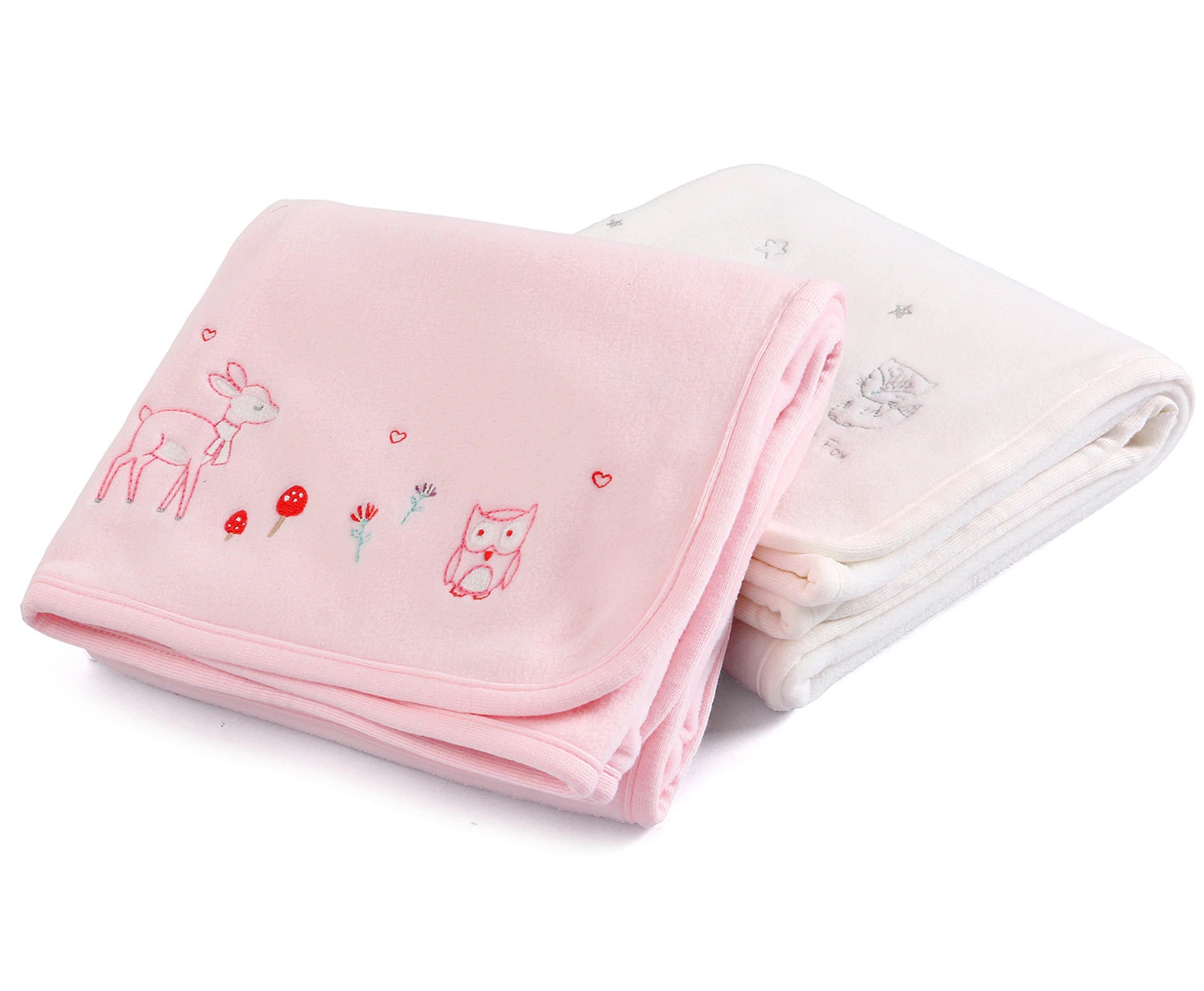

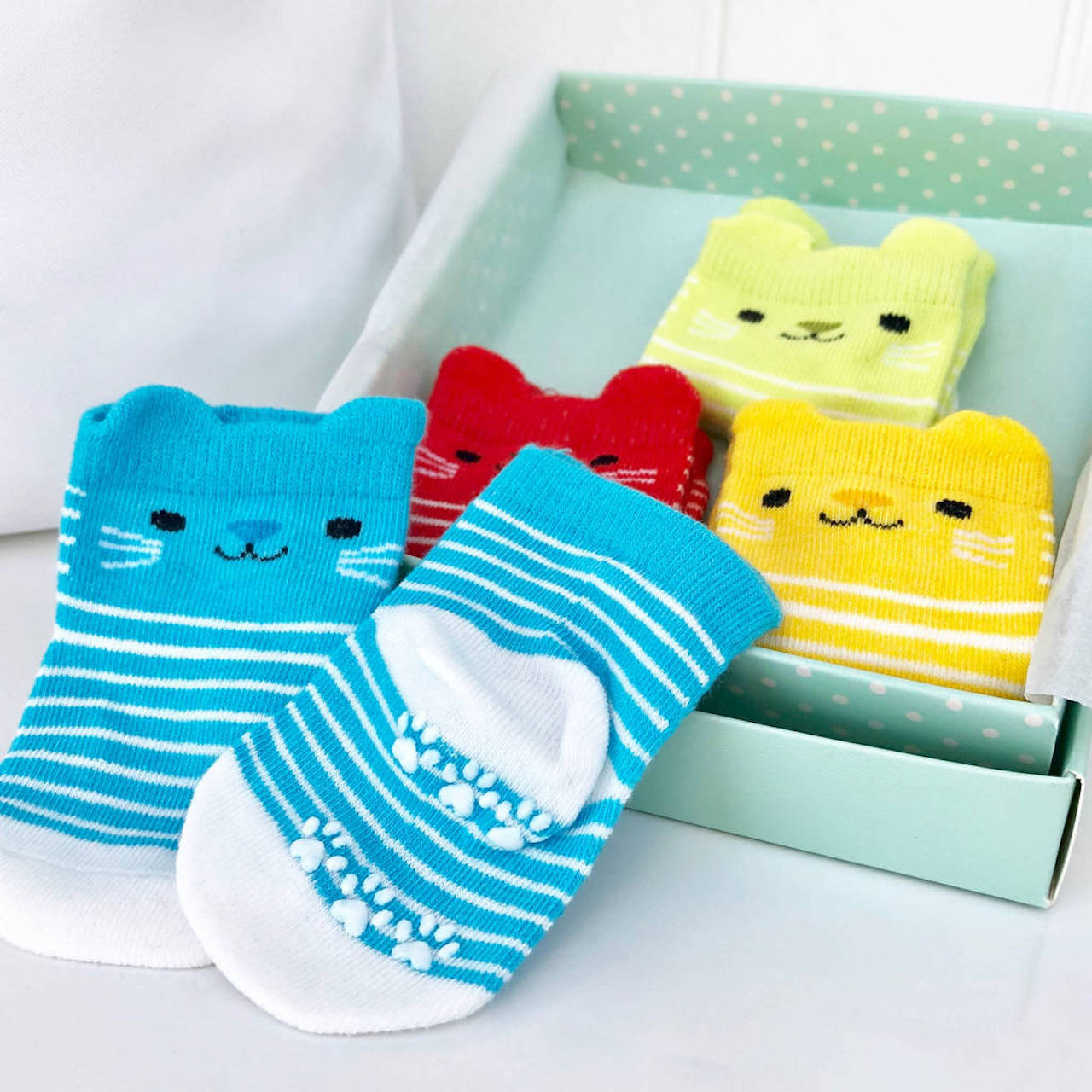
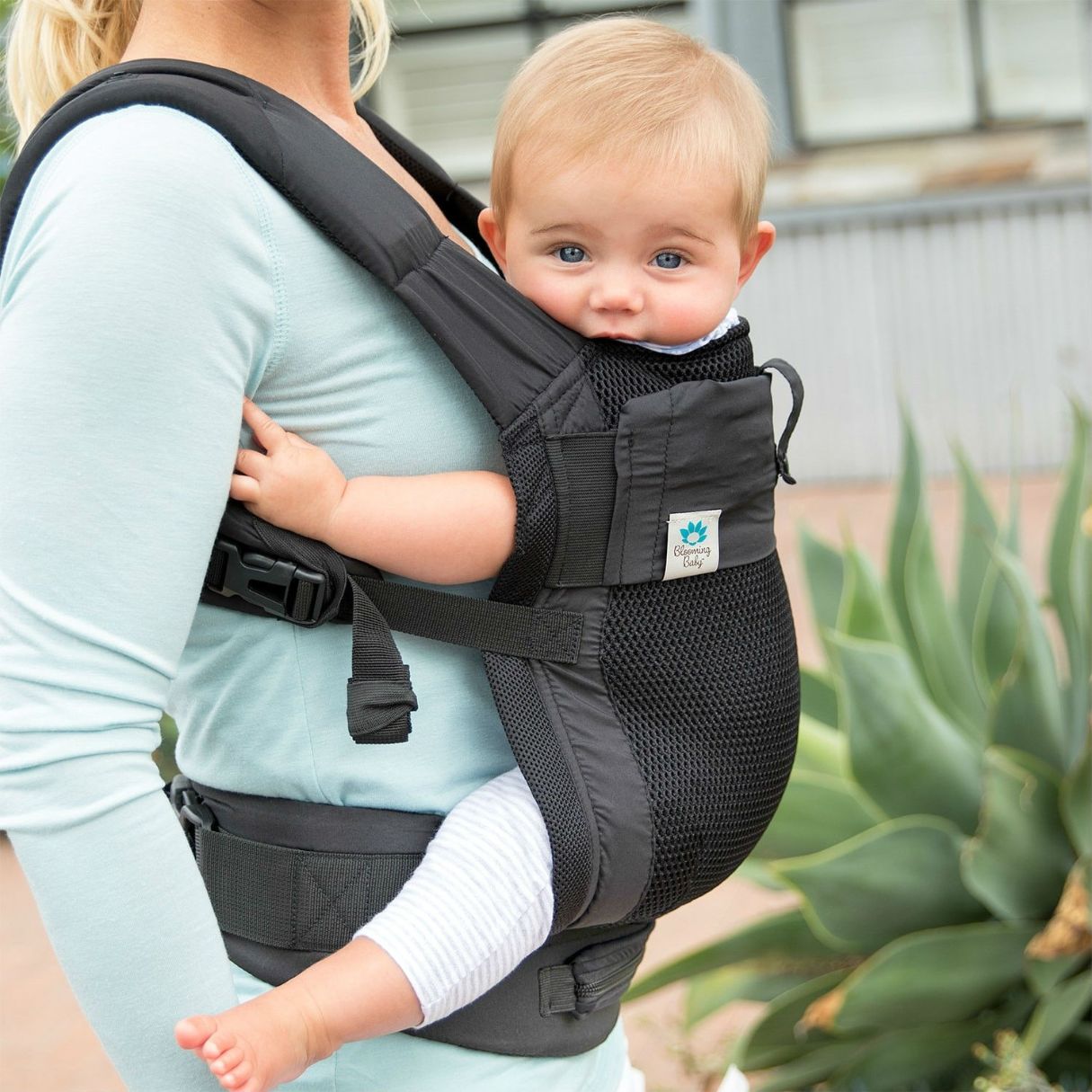
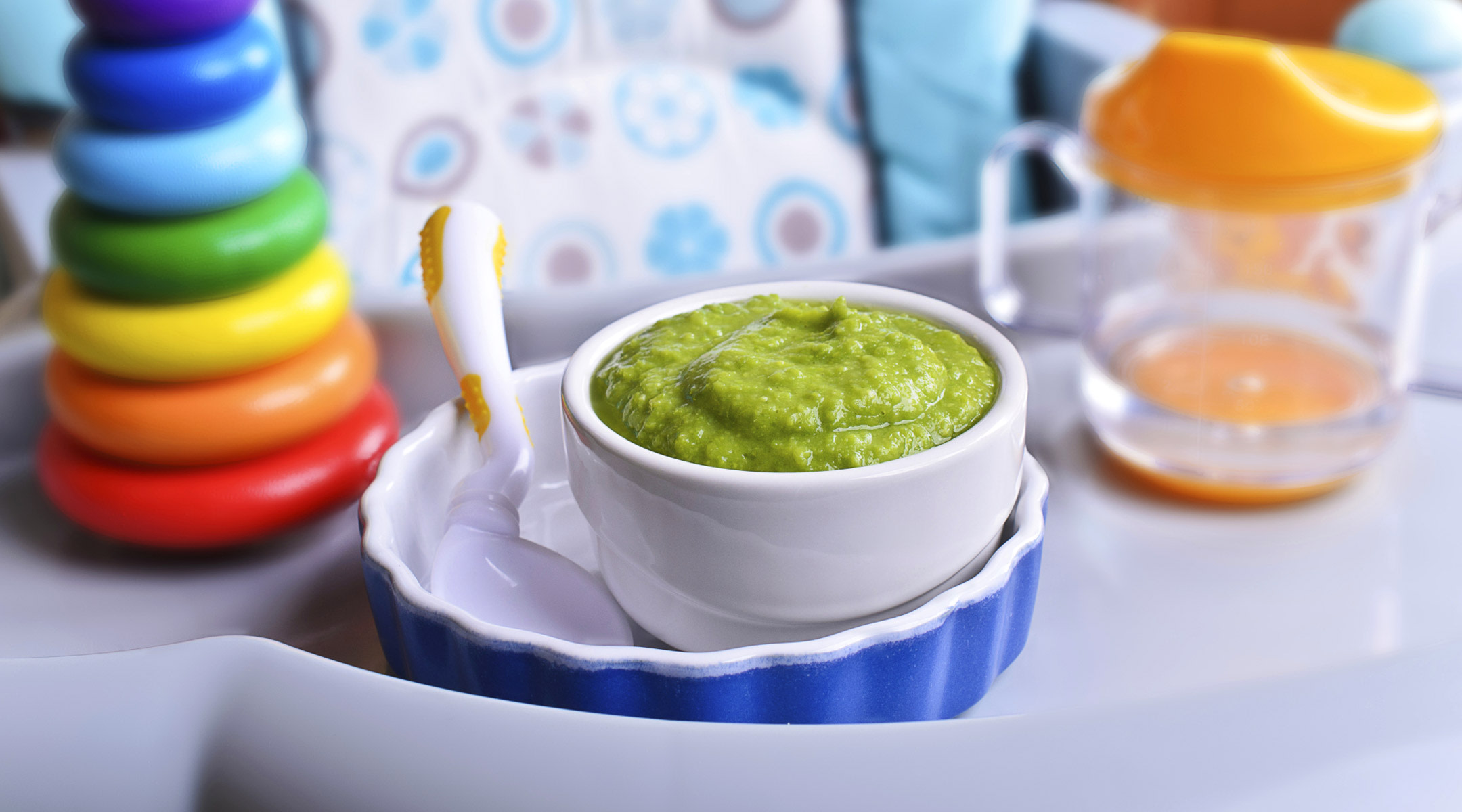
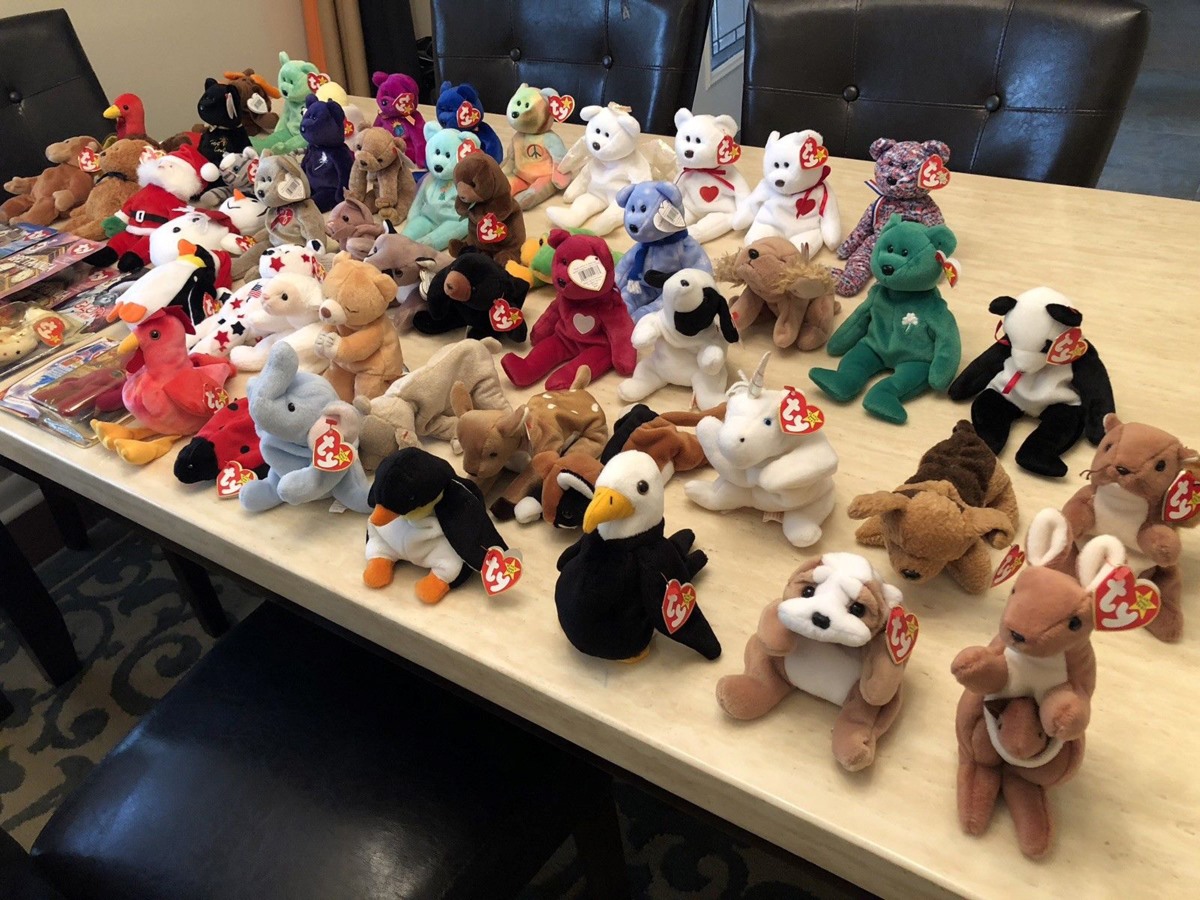
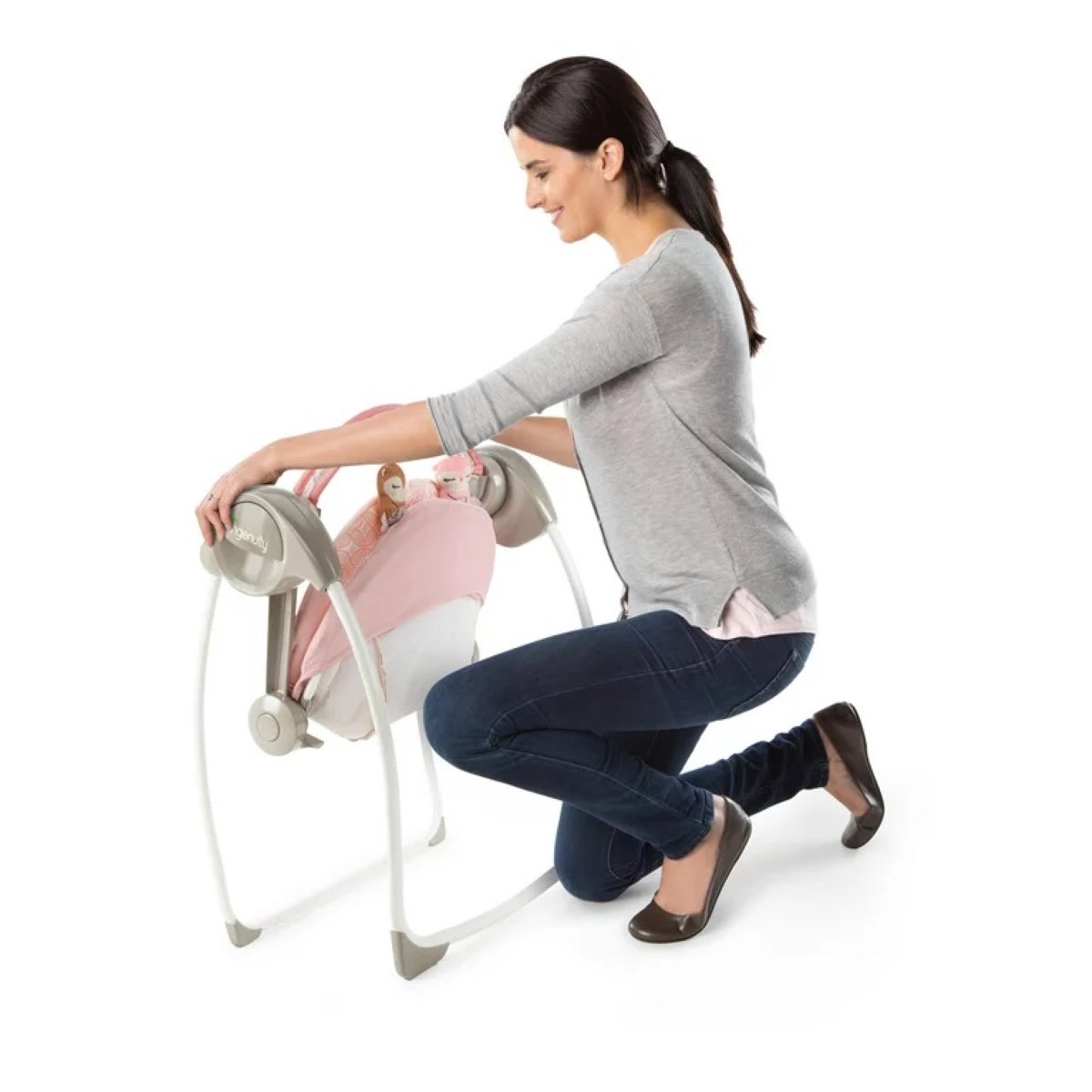


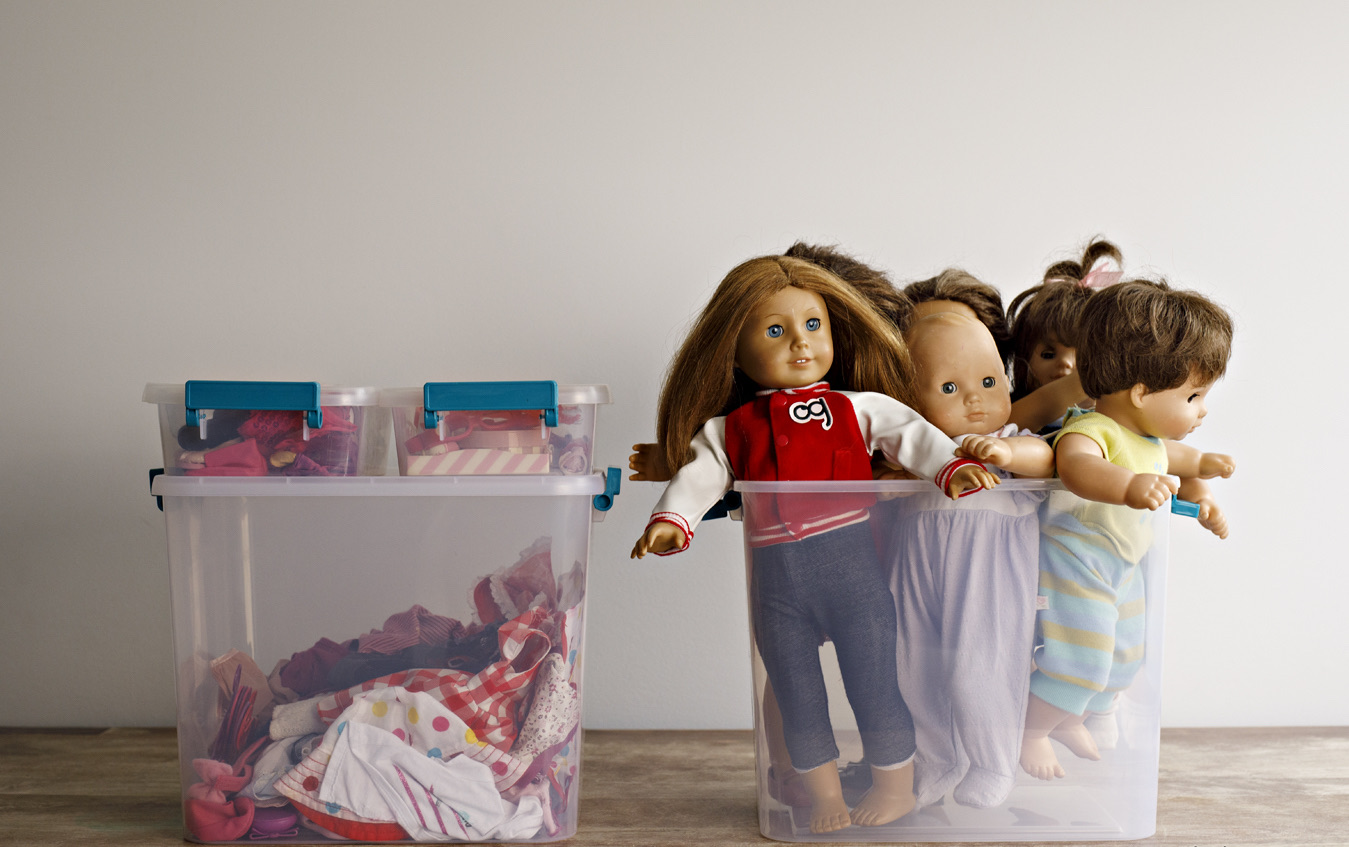
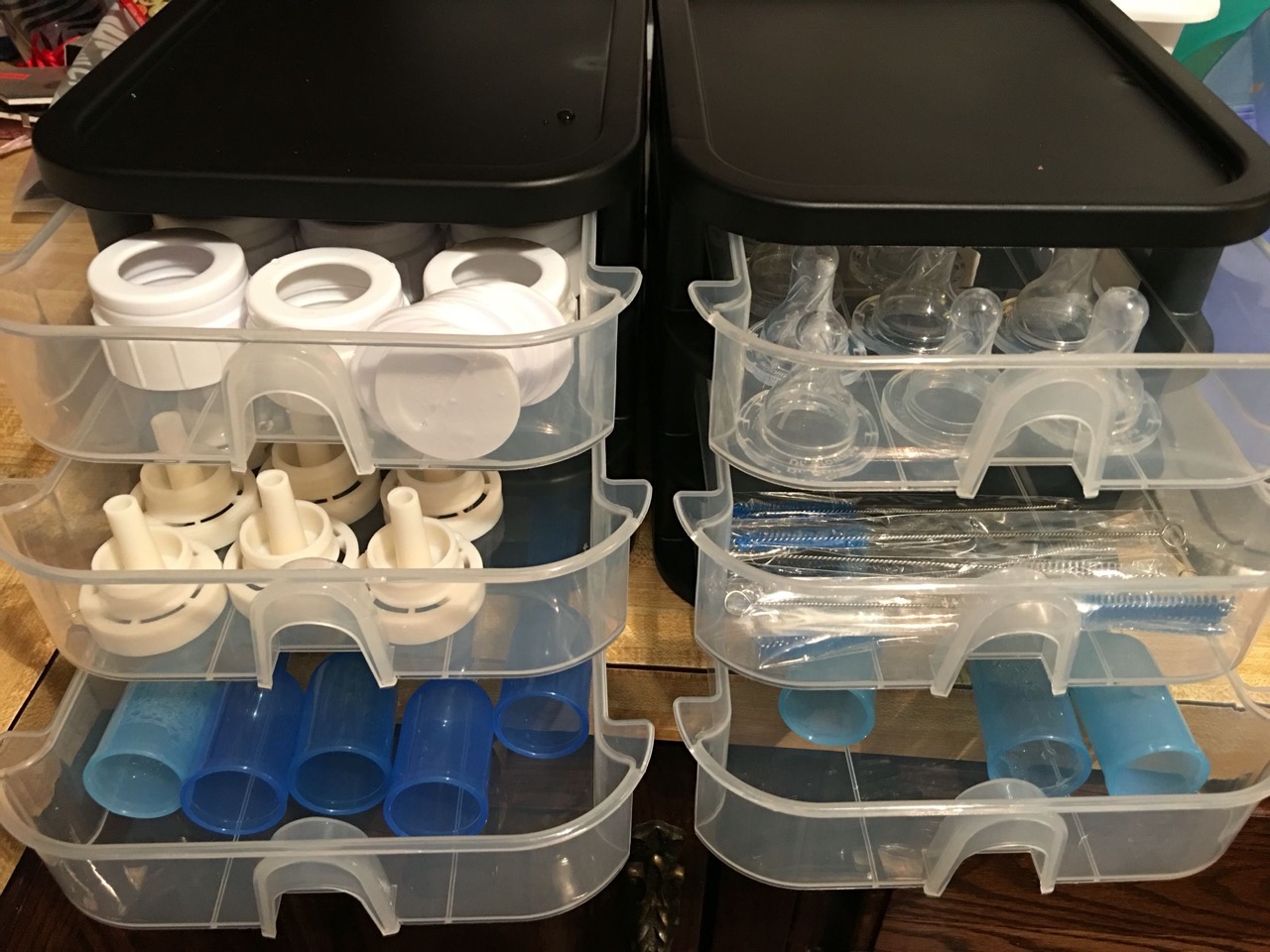
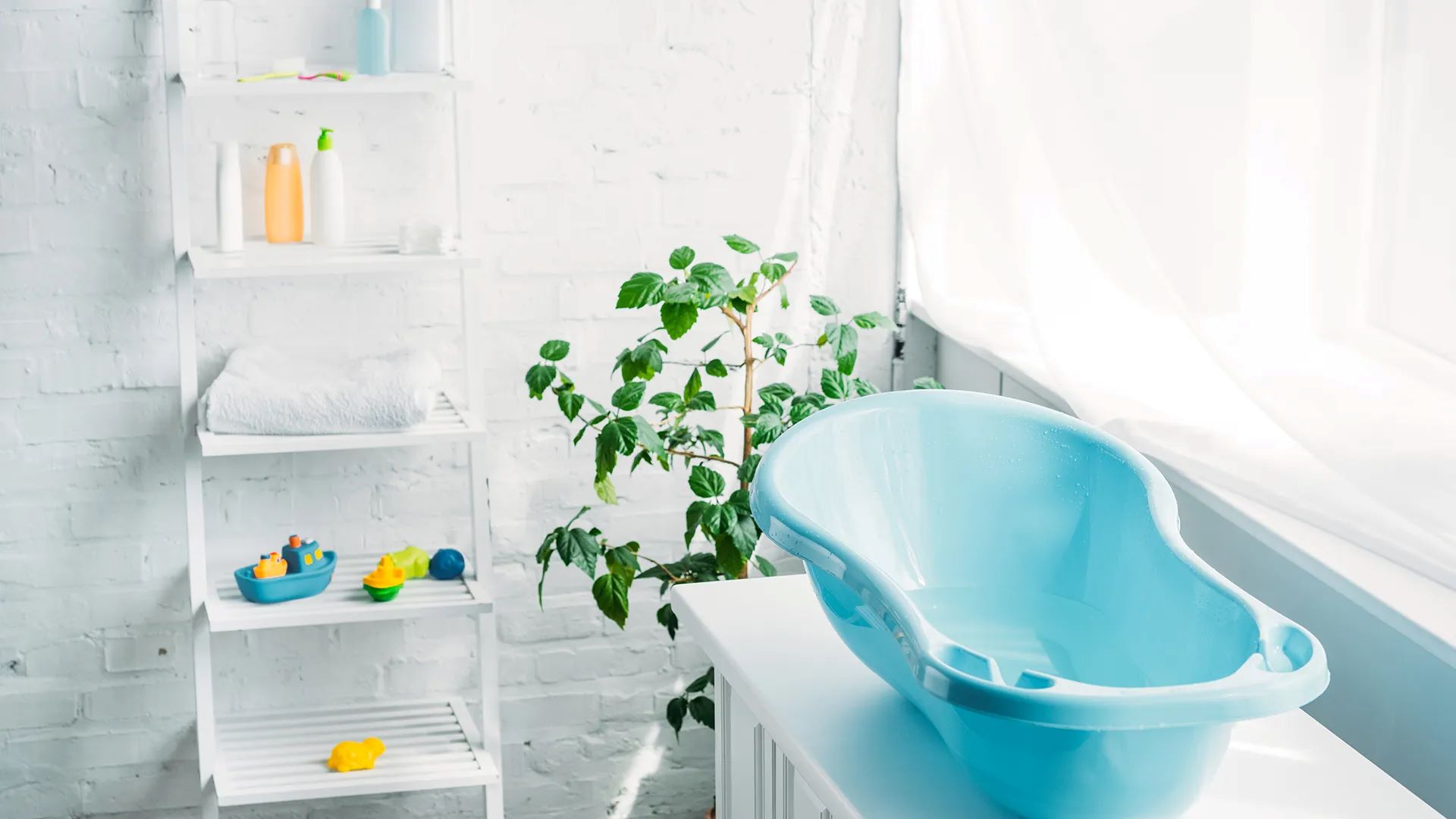

0 thoughts on “How To Store Baby Stuff”